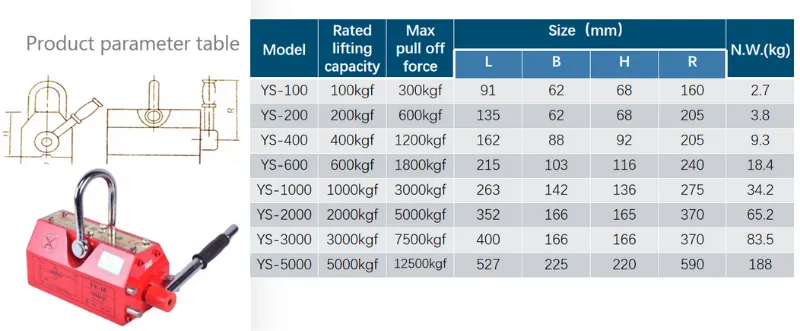gantry crane lifting operations for heavy loads at construction sites and warehouses.
A gantry crane, also known as a portal crane, is a type of crane that is typically used to lift heavy objects in a variety of settings, including construction sites, shipyards, and warehouses. The crane is supported by a structure that runs along tracks on the ground, allowing it to move horizontally to position itself over the object to be lifted.
.
Gantry cranes are available in a range of sizes and configurations to suit different lifting requirements. Some cranes are designed with a single beam, while others have a double beam for increased stability and lifting capacity. The cranes can also be fitted with different types of hoists, such as wire rope hoists or chain hoists, depending on the specific needs of the job.
gantry crane lift

In addition to their lifting capabilities, gantry cranes also offer flexibility and maneuverability. The crane can be moved along the tracks to position itself in the optimal location for lifting, and the operator can adjust the height and reach of the hoist to safely lift objects from various angles. This versatility makes gantry cranes a popular choice for projects that require precise and controlled lifting.
Safety is a top priority when using a gantry crane, as lifting heavy objects can be hazardous if not done correctly. Operators are trained to follow strict safety procedures and guidelines to ensure that the crane is used safely and efficiently. Regular maintenance and inspections of the crane are also essential to prevent accidents and ensure the crane is in good working condition.
Overall, gantry cranes are a versatile and reliable option for lifting heavy objects in a variety of industrial settings. Their lifting capabilities, flexibility, and safety features make them a valuable tool for construction, manufacturing, and material handling operations. Whether lifting steel beams on a construction site or moving shipping containers in a port, gantry cranes play a crucial role in getting the job done safely and efficiently.
-
The Ultimate Guide to Heavy Machinery Moving EquipmentNewsAug.04,2025
-
The Evolution of Large Equipment MoversNewsAug.04,2025
-
Maximizing Efficiency with PML Magnetic Lifters in Industrial OperationsNewsAug.04,2025
-
Choosing the Best Small Gantry CraneNewsAug.04,2025
-
Innovations in Permanent Lifting Magnet TechnologyNewsAug.04,2025
-
How to Maintain Your Adjustable Gantry Crane for LongevityNewsAug.04,2025
-
PML 6 Lifting Magnet Troubleshooting GuideNewsJul.25,2025
